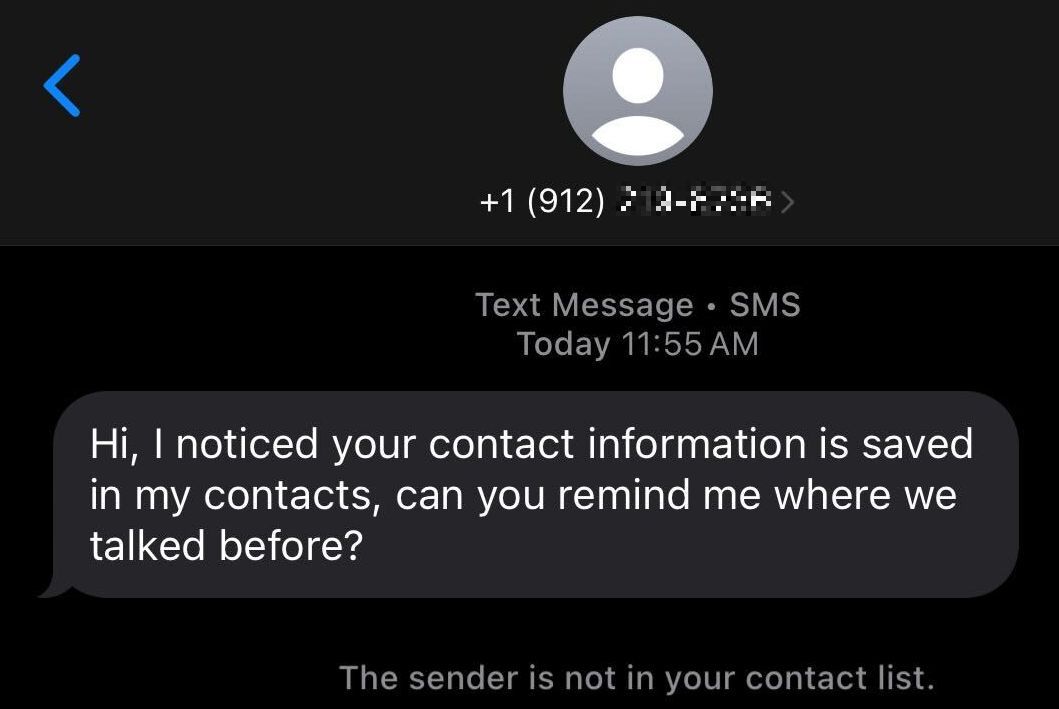Recognizing Text Scams: What You Need to Know
Learn how to spot and protect yourself from common text scams. Discover the tactics scammers use and the best practices to stay safe.
TL;DR
Text scams are becoming increasingly sophisticated, often disguised as innocent messages. Recognizing the common tactics used by scammers, such as short, plausible texts designed to trigger curiosity, is crucial. Engaging with these messages can lead to significant financial and personal risks. This article provides essential tips on identifying and avoiding text scams, ensuring your digital safety.
Introduction
Text scams are a growing concern in the digital age. These crafty messages often appear innocuous, designed to pique your curiosity and prompt a response. Special thanks to the teams at Malwarebytes and ThreatDown for sharing their experiences with these scam texts.
Understanding Text Scams
Text scams come in various forms, from brief, flirty messages to business-like inquiries. The common goal is to engage you in conversation, ultimately leading to more complex and costly scams. Understanding the tactics used by scammers is the first step in protecting yourself.
Common Types of Text Scams
-
The “Tempting” Text Sometimes these involve inviting you for fun activities on the weekend, like a BBQ or some beach time. Sometimes, it’s just a dinner suggestion:

These examples illustrate the diversity of scam tactics. Once you respond, scammers initiate a friendly conversation, aiming to build trust and develop the relationship into a romance or investment scam.
Why You Should Never Respond
Responding to these texts can have serious consequences:
- Confirms your number is active.
- Flags you as someone who reads and engages with texts.
- The scammer may sell or share your number.
- Scammers build long-term “mark profiles” for future scams, tracking your responses and engagement patterns.
What to Do Instead of Replying
- Do Not Reply: Avoid engaging, even if the message seems friendly.
- Never Click on Links: Links in scam texts can lead to malicious websites.
- Block the Number: Prevent further contact from the scammer.
- Report the Message: Forward spam texts to 7726 (in the US).
- Share Examples: Use Malwarebytes Scam Guard to help others by sharing anonymized examples.
Detecting and Avoiding Scams
Cybersecurity risks should never spread beyond a headline. If something looks suspicious, use Malwarebytes Scam Guard to check if it’s a scam. This feature, available in Malwarebytes Mobile Security for iOS and Android, helps you assess the legitimacy of messages.
Conclusion
Staying vigilant against text scams is essential in today’s digital landscape. By recognizing the tactics used by scammers and following best practices, you can protect yourself from potential threats. Remember, the key to safety is awareness and caution.
For more details, visit the full article: source
Additional Resources
For further insights, check:



